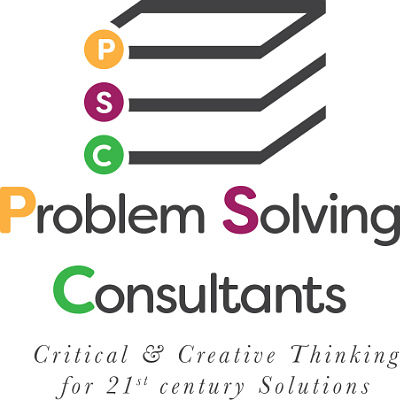It’s still the first month of 2014 and already you’re getting information that the same problems continue to rear their ugly heads. What do you do?
Like an earlier post asked, are you going to adopt the ostrich response or be the leader? If you keep using the ostrich response, hoping for a different outcome – well, we won’t repeat the definition of insanity here. I have watched the problems at a well-known Internet corporation continue into the new year and wonder when their leadership will realize that poor communication from the top is at the heart of their issues.
Back to your situation and here’s a hint – you’re being paid to be the leader. If everything you’ve tried hasn’t resolved the problems your new response should be to call in a professional problem solver. In the long run you’re going to save money, improve morale, job performance, job satisfaction and the bottom line of your organization. That last one should be enough to mollify your stockholders and even Aunt Nell.
Professional problem solvers can provide objective information as to the real issues underlying the problems you’re seeing. We engage in active and responsible listening to all the parties involved, not just to management’s side of the issue, nor just the staff’s side of the issue. The problem solver is skilled in both critical and creative thinking and isn’t afraid to use either or both skill sets in helping your organization address the problems.
So your problems from the previous year are starting to set a bad tone for your new year. Your different response will be to call on a professional problem solver and start on that path toward a positive resolution. There’s still time to make 2014 the best year yet for improved employee job satisfaction and performance. Go ahead. Make the call. We’ll be there for you.
